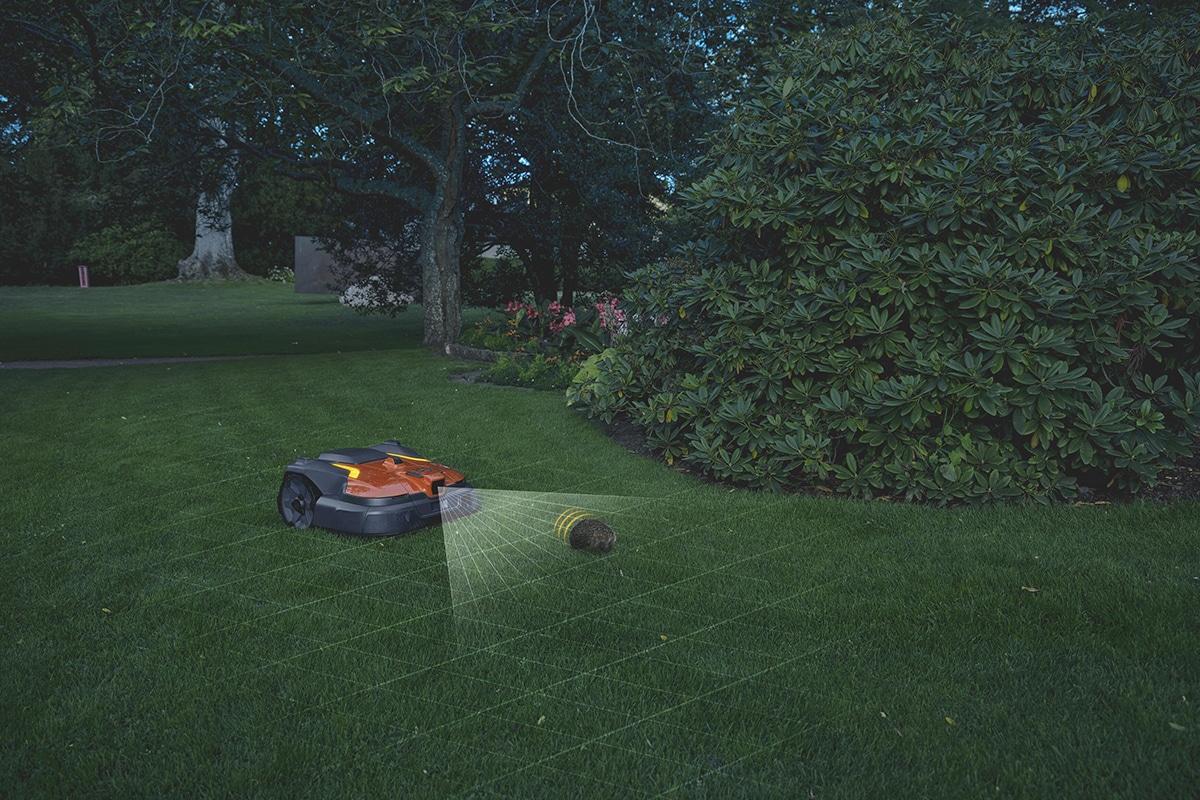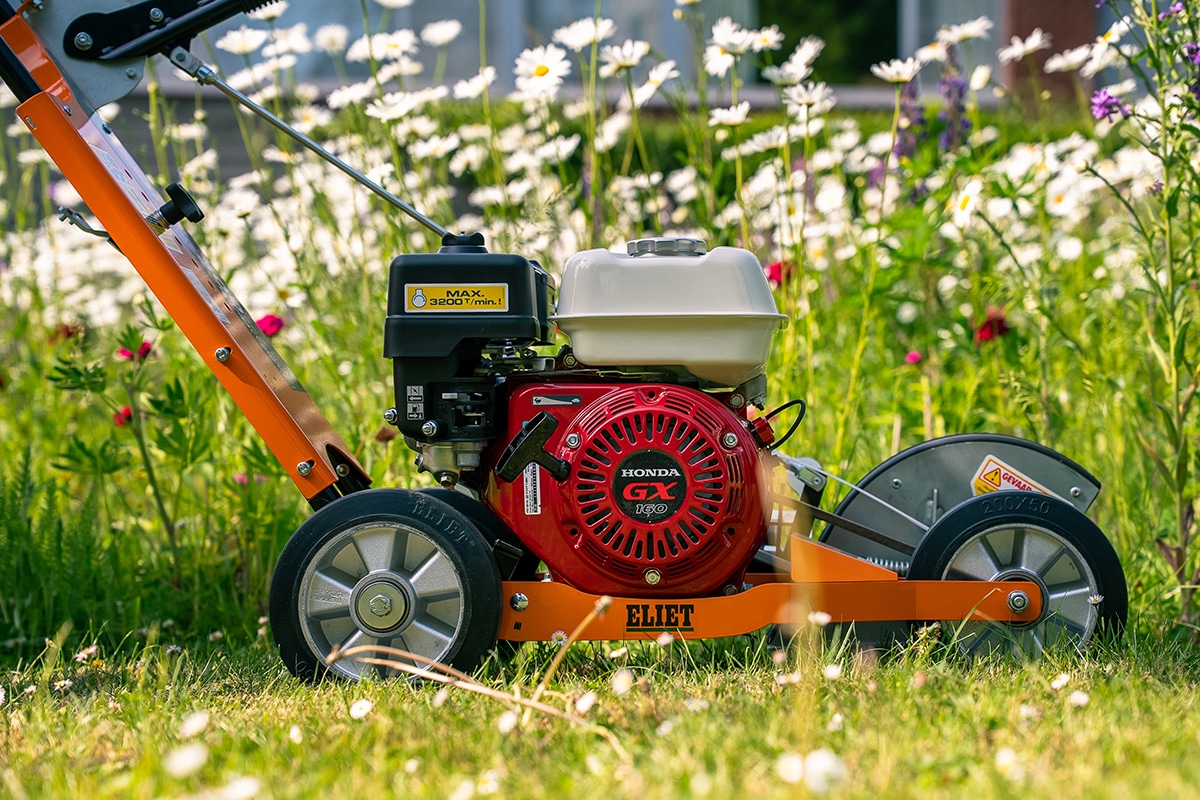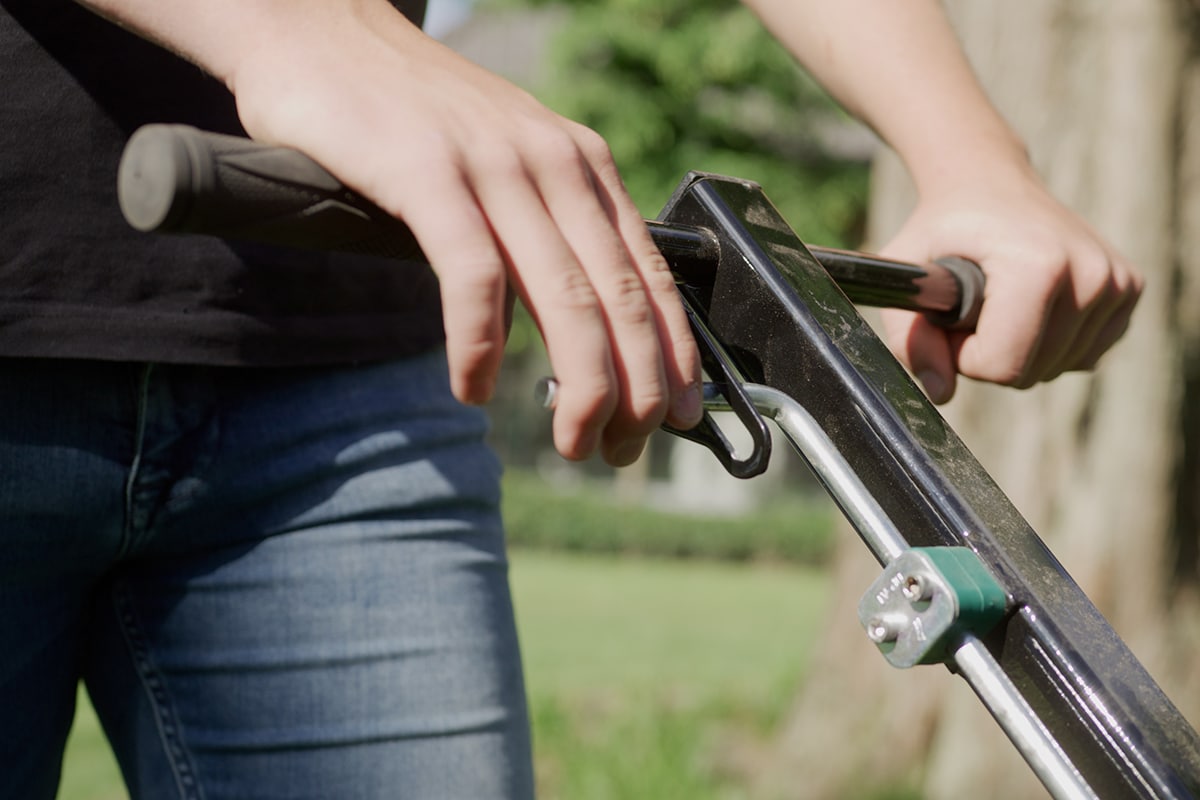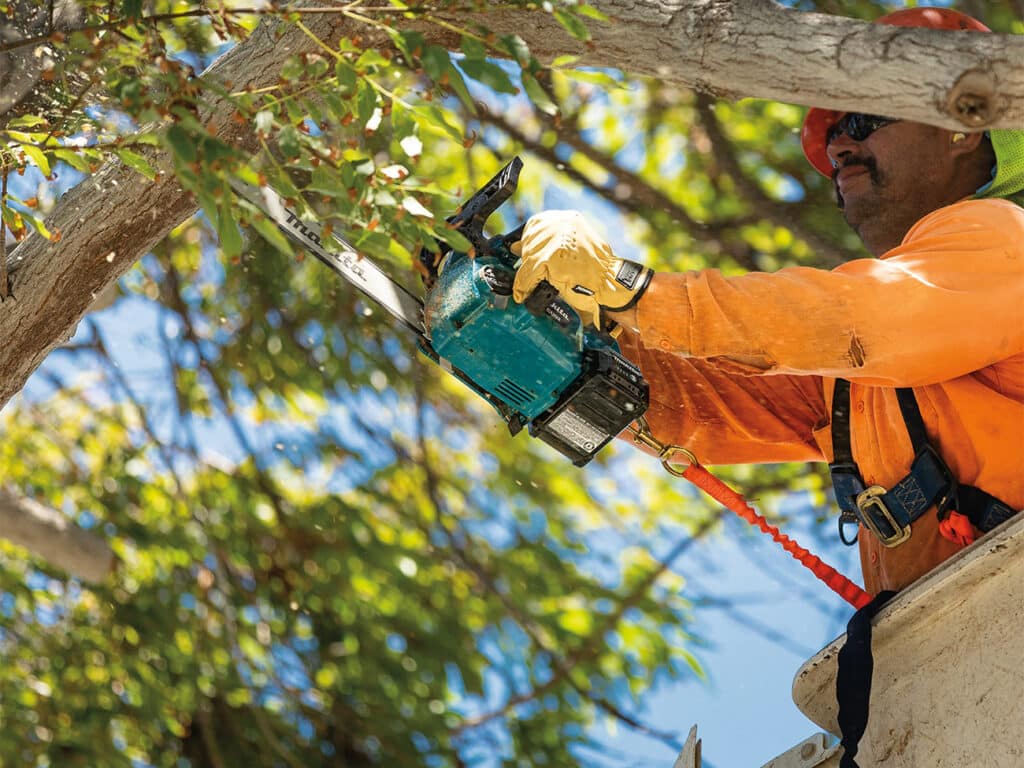
Battery-powered gardening machines increasingly popular with professionals as well
Starting this year, Makita will stop producing gasoline engines and focus entirely on battery technology. The Japanese manufacturer has long played a pioneering role in this. The advantages are clear and new technical developments are accelerating this change. Battery machines combine the mobility of a combustion engine machine with the ease of use and reliability of an electric motor. Not only do they make less noise and produce no exhaust fumes, they are also easier to start and require less maintenance. There is also the growing environmental awareness and greater focus on health and safety. Indeed, legislation and standards are becoming increasingly stringent.
Battery machines have other strengths. Electronic control makes it relatively easy to provide additional features. These include automatic speed control and automatic stopping in case of overload or kickback. These functionalities can dramatically increase comfort and safety. And finally, the energy cost is also lower. Especially compared to alkylate gasoline - often used to reduce harmful emissions from two-stroke gasoline engines - the cost savings are not insignificant.
With the latest 40Vmax battery platform, Makita takes the power and autonomy of battery-powered machines to the next level. This means that even heavier machines such as leaf blowers, chainsaws or brushcutters from the professional segment can now work perfectly well on battery power.
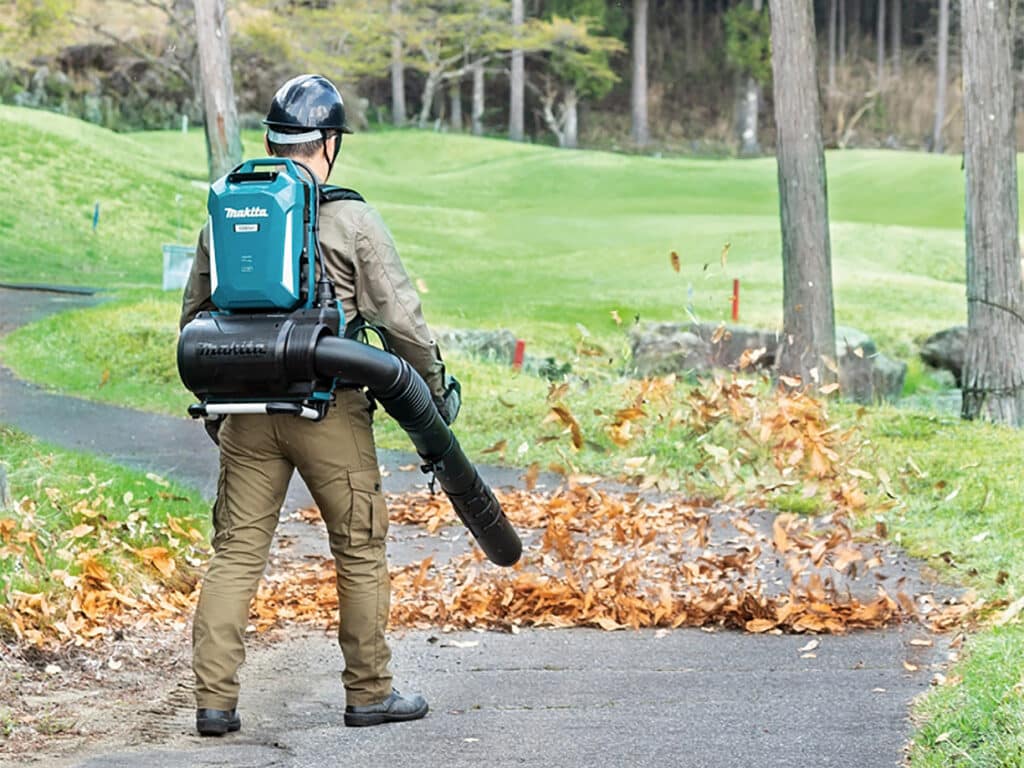
Makita recently introduced a new range of chainsaws for the 40Vmax platform with sword lengths from 30 to 45 centimeters. With peak power of 1.6 kW and chain speed up to 25.5 m/s, these machines also come into the crosshairs for professional applications. Efficiency is further increased by using the new 80TXL saw chain designed specifically for battery-powered machines. The optimized tooth shape and improved lubrication reduce friction and thus increase autonomy. The chain is also low kickback and characterized by low vibration levels.
For the professional, these chainsaws can also be an interesting addition to even heavier combustion engine machines, for example, to clear up uprooted trees of branches.
At the same time, the range was complemented by several 40Vmax tophandle chainsaws with sword lengths from 25 to 35 centimeters and a special version with carving blade. Ideal for tree pruning and tree care.
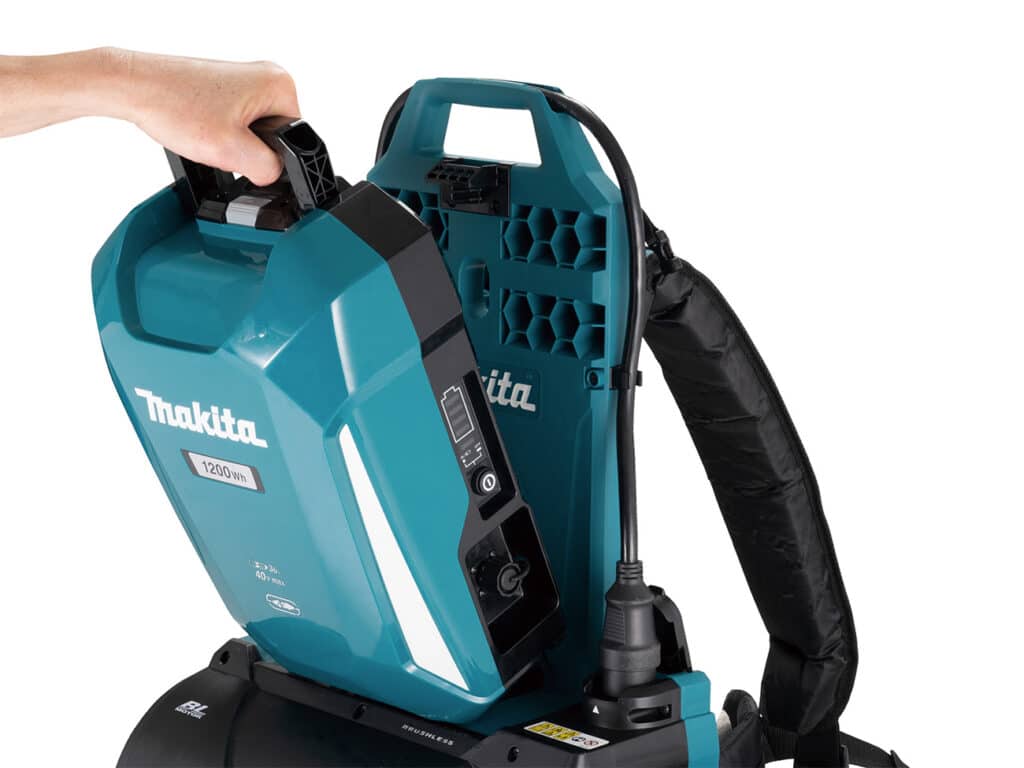
Unmatched power with 2x 40Vmax
Due to the optimized 40Vmax battery technology, BL motor and forced cooling, the new generation of machines delivers a power of more than 1.0 kW and double for the 2x 40Vmax versions. In terms of power, the latter can be compared to a 40 cc two-stroke engine. The 2x 40Vmax forestry mower UR012G, for example, has an output of 2.0 kW and is also mechanically reinforced, making it perfect for heavy-duty work such as cutting and chopping tall, tough grass and cutting bushes and thin trees.
Peter Bossens, product assistant Makita: "The challenge for battery technology remains to maximize energy capacity for the lowest possible weight. A short charging time is also important, and this is clearly a Makita strong point. By alternating batteries, you can work continuously in most cases."
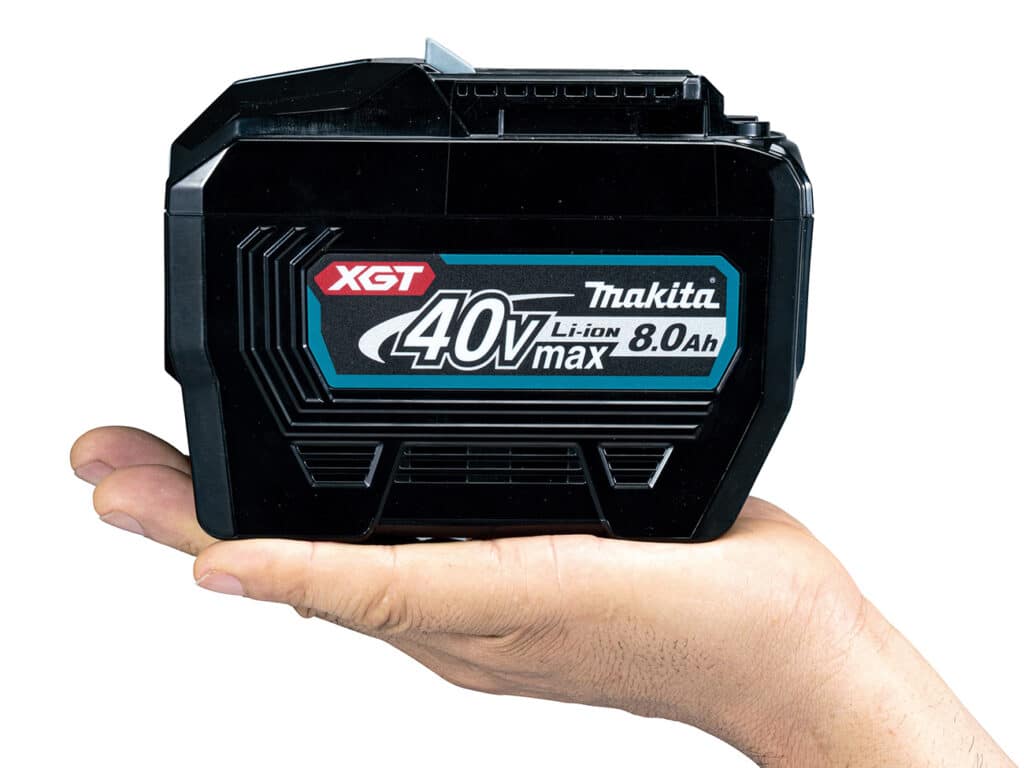
Battery pack PDC1200
For applications requiring even greater autonomy, Makita recently introduced the PDC1200 battery pack. This has a particularly large energy content of 1206 Wh and can also be used particularly flexibly. First of all, the battery pack can be mounted directly on purpose-built machines such as the backpack-mounted leaf blower UB002C or the lawnmower LM001C. This provides impressive performance: in combination with the leaf blower, for example, up to 45 minutes of non-stop work can be done at the highest blowing force of 22 N. In terms of performance, this machine can thus compete with a classic back-carried model with combustion engine, but with the advantage of lower noise and vibration levels.
Other machines such as the brush cutter UR101C or the leaf blower UB001C have the classic shape, but are connected to the battery pack via a cable with connector. And finally, with a special adapter, almost all other 2x18V and 40Vmax machines in the range can also be connected.
"Clearly, Makita continuously strives to be able to offer the appropriate battery platform for every application," concludes Peter Bossens.

